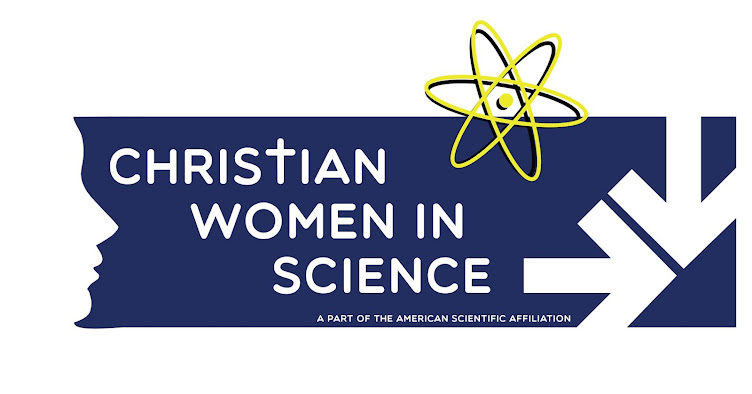This crescent-shaped gold collar (
lunula) was found in Cornwall, England. The
Penwith Lunula is dated to the Early Bronze Age (2500-1550 BC). It was worn by a ruler in England around the same time Abraham established himself as a ruler in
ancient Edom.
Alice C. Linsley
From ancient times, gold has been a highly prized commodity. Gold is mentioned over 400 times in the Bible. The word for gold is similar in these Afro-Asiatic languages: Ancient Egyptian - nub (nwb); Akkadian -
dahh-ubu; Arabic - dha-hab; and Hebrew - za-hab.
There is evidence that the finest gold was named for Horus, "the Golden One." The HR root is found in the Assyrian word for gold
hurasu and in the Hebrew words for refined or purified gold -
haruz nivhar.
Some of Abraham's ancestors lived in the region of Kush, at the source of the Nile River. Kush was one of Noah's grandsons. Genesis 2:11 calls this gold-rich region
Ha'vilah, indicating a place where the waters form a V at the source of the Nile. Ha'vilah is said to be rich in gold. This area of the Upper Nile is also known as Nubia, which means "land of gold".
In 2007, archaeologists from the Oriental Institute discovered a 4000 year gold-processing center along Nile. The site is called
Hosh el-Guruf and is located about 225 miles north of Khartoum. More than 55 grinding stones made of granite-like gneiss were found at the site. The ore was ground to recover the gold and water was used to separate the flakes from the particle residue. Similar grinding stones have been found at
Timnah in southern Israel.
A temple dedicated to
Hathor was discovered at the southwestern edge of Mt. Timnah by Professor Beno Rothenberg of Hebrew University. In his book Timna, Rothenberg concluded that the peoples living in the area were "partners not only in the work but in the worship of Hathor." (Timna, p. 183)
Another area described in the Bible as being rich in gold is Ophir. Ophir was in southwest Arabia. This is the territory of Sheba and Ramah (see map below). Every three years Solomon received tribute of gold, silver, sandalwood, precious stones, ivory, apes and peacocks from Ophir. Solomon's navy traveled to Ophir, taking "four hundred and twenty talents of gold from there" (1 Kings 9:26-28; 22:48; 2 Chronicles 8:17-18; 9:10).
This map shows Ha'vilah's eastern range.
Genesis 2:11 states that Ha'vilah is in the land of Kush in the Nile Valley.
This gold of Ophir was mined heavily and became scarce. This is attested in
Isaiah 13:12, which says,"I will make mortal man scarcer than pure gold and mankind than the gold of Ophir."
The Religious Symbolism of God
In ancient times gold was associated with rulers and with the sun. The rulers among Abraham's ancestors were believed to be appointed by God to rule as the Creator's representative of earth. The sun symbol appears as the
initial Y (a solar cradle), in the names of many biblical rulers: Yaqtan (Joktan); Yishmael (Ishmael); Yishbak; Yitzak (Isaac); Yacob (Jacob); Yosef (Joseph); Yetro (Jethro); Yeshai (Jesse) and Yeshua (Joshua/Jesus).
The solar cradle is also seen on images of Hathor. She wears a headdress of bull horns shaped like a Y. She is the only woman in the history of the Horite Hebrew to be shown in ancient images as divinely appointed to bring forth the son of God.
The divine appointment of rulers was sometimes indicated by a solar symbol such as this tattoo on the ruler's cheek.

This is one of the Tarum Mummies found in China. The mummy dates to 1000 BC and is called the "Ur-David" mummy, or Chärchän Man. He was tall and had red hair and a red beard. This mummy's hair is similar to that found on the redheaded man in Burial no. 79 at Nekhen on the Nile.
Divine appointment was depicted in ancient images with the sun overshadowing the ruler. Solar imagery also was used to designate the chosen woman who would conceive Messiah, and the animal to be sacrificed. Here are some examples.
Hathor the Overshadowed
Hathor was appointed to bear the "son"of God, Horus. In this image she is shown overshadowed by the sun, the emblem or symbol of the Creator. Hathor foreshadows the Virgin Mary, the mother of Jesus Messiah. When Mary asked the angel how she would conceive a child, seeing that she "knew" no man, Gabriel explained, “The Holy Spirit will come on you, and the power of the Most High will overshadow you. So the holy one to be born will be called the Son of God." (Luke 1)
Horus the Golden Calf
Hathor's animal totem was the long horn bull. Her offspring, Horus, is sometimes portrayed as the golden calf.
Horus the Golden One

One of the most famous depictions of Horus was found at
Nekhen, one of the oldest known site of Horite Hebrew worship. This shows Horus under the sign of his totem, the golden falcon.
This great gold plumed falcon represents Horus, the son of the Creator. Nekhen was named for Horus of the Falcon:
Nekheny.
Gold was associated with Horus. This is evident in the Babylonian word for gold
hur-asu. The Egyptian word hr means "the One on high." The Turin Canon, which provides important information on Egypt's early history, describes the predynastic rulers as "Followers of Horus" and Horus as the "Ruler of the Two Horizons."
Important references to gold in the Bible
Genesis 13:2 says that Abraham was very rich in livestock, in silver and in gold.
Genesis 24:22 says that Abraham's servant delivered a gold ring and two gold bracelets to Rebekah as a gift from her future husband, Isaac.
Exodus 28:6 says that the ephod worn by the high priest was made of gold.


















